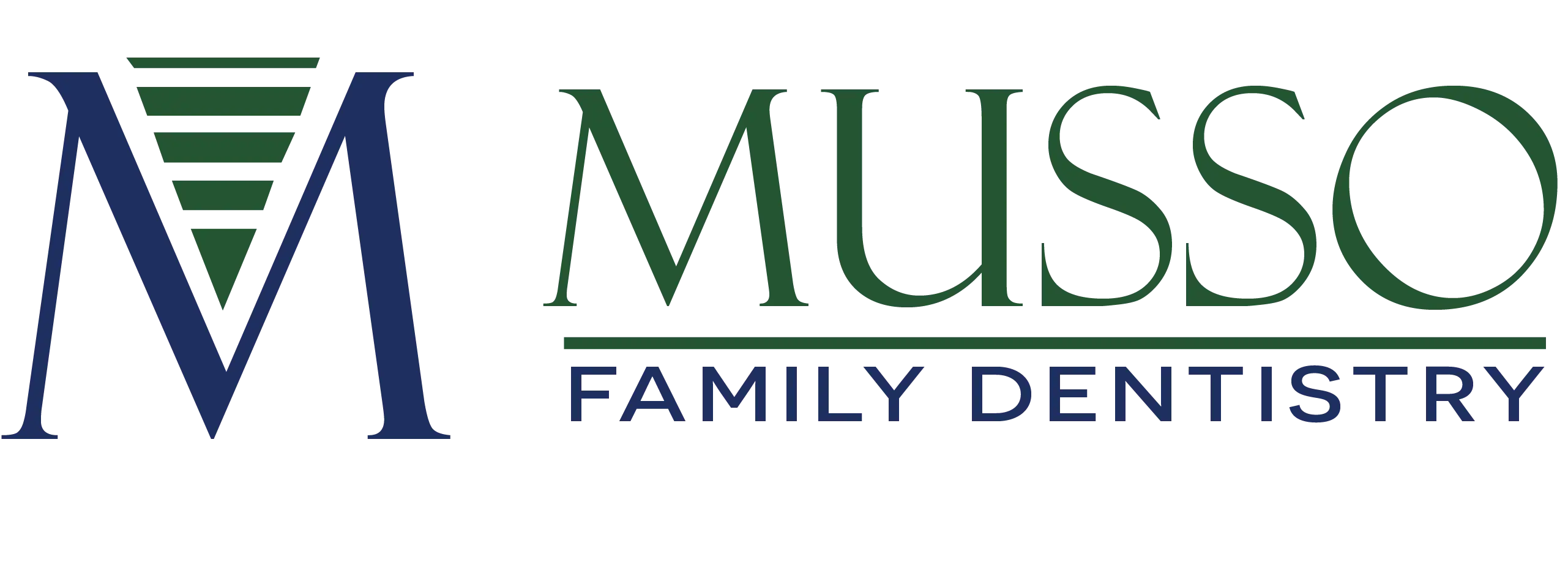Dental Technology
Dental technology encompasses modern dentistry's advanced tools, techniques, and digital innovations designed to improve diagnosis, treatment, and overall patient care. This includes digital X-rays, intraoral cameras, CAD/CAM systems for precise restorations, laser dentistry for minimally invasive procedures, and digital impression systems that enhance accuracy and comfort.
The importance of dental technology lies in its ability to increase the efficiency and precision of dental treatments, reduce patient discomfort, and improve outcomes. By integrating these technologies, our dentists in Garland, TX, can provide more accurate diagnoses, customized treatment plans, and enhanced patient experiences, ultimately leading to better oral health and more effective, personalized care.
Types of Dental Technology We Use
Digital X-Rays
Digital X-rays represent a significant advancement over traditional film-based radiography. Unlike conventional X-rays, which use film to capture images, digital X-rays employ electronic sensors to create digital images of the teeth and jaws.
This dental technology in Garland, TX, offers several advantages, including reduced radiation exposure for patients, as digital sensors are more sensitive. Additionally, digital X-rays provide instant image acquisition, allowing for immediate review and diagnosis. The images can be enhanced, magnified, and manipulated on a computer, offering greater clarity and detail. Digital X-rays also streamline record-keeping and facilitate easy sharing of images with other dental professionals, improving collaboration and treatment planning.
Benefits:
- Digital X-rays require significantly less radiation than traditional film-based X-rays, making them safer for patients.
- Digital X-rays provide instant images, allowing for quicker diagnosis and treatment planning.
- The digital format enables high-resolution images to be easily adjusted for clarity and detail.
Intraoral Cameras
Intraoral cameras are small, handheld devices equipped with high-resolution cameras that capture detailed images of the inside of the mouth. The camera is typically mounted on a small wand inserted into the patient's mouth to capture real-time images of the teeth, gums, and other oral structures. These images are displayed on a monitor, allowing the dentist and the patient to see and understand dental issues more clearly.
Intraoral cameras are invaluable for diagnosing problems like cavities, cracked teeth, and gum disease. They also serve as a powerful educational tool, enabling our dentists to show patients visual evidence of their dental conditions and discuss treatment options more effectively.
Benefits:
- Intraoral cameras capture high-resolution images of the teeth and oral tissues, providing a clear view of dental issues.
- The images can be displayed on a monitor, helping patients see and understand their dental conditions and treatment options more clearly.
- Detailed images aid in accurately diagnosing dental problems, such as cavities, cracks, and gum disease.
CAD/CAM Technology
CAD/CAM (Computer-Aided Design/Computer-Aided Manufacturing) technology has revolutionized the creation of dental restorations, including crowns, bridges, veneers, and inlays. The process begins with capturing a digital impression of the patient's teeth using a high-precision scanner. This digital impression is then used to design the restoration using sophisticated computer software. Once the design is finalized, the restoration is fabricated using a milling machine or 3D printer.
CAD/CAM technology enables the creation of highly accurate, custom-fit restorations in a single visit, eliminating the need for multiple appointments and temporary restorations. The precision and efficiency of CAD/CAM systems contribute to improved treatment outcomes and patient satisfaction.
Benefits:
- CAD/CAM technology offers increased precision for creating a variety of restorations, including crowns, veneers, and inlays.
- CAD/CAM restorations are made from high-quality materials and designed using modern technology, ensuring the best results.
- CAD/CAM technology makes the process of getting a dental restoration more convenient for patients, eliminating the need for temporary restorations and multiple appointments.
Laser Dentistry
Laser dentistry utilizes focused beams of light to perform dental procedures with high precision and minimal invasiveness. Lasers can be used for various applications, including soft tissue surgery, cavity preparation, teeth whitening, and gum contouring.
The advantages of laser dentistry include reduced discomfort, faster healing times, and less bleeding compared to traditional methods. Lasers can also treat conditions such as gum disease and remove decay with minimal impact on surrounding healthy tissue. This technology enhances patient comfort and can reduce the need for sutures or anesthesia, making dental procedures more pleasant and efficient.
Benefits:
- In many cases, lasers offer a less invasive approach to dental procedures, reducing discomfort and the need for anesthesia.
- Procedures performed with lasers typically result in quicker healing times and reduced post-operative discomfort.
- Lasers minimize bleeding and swelling by cauterizing tissue as they treat it, leading to a cleaner and more controlled procedure.
The Applications of Dental Technology
Restorative Procedures
In restorative dentistry, dental technology like CAD/CAM systems are used to create custom restorations such as crowns and bridges. Digital impressions replace traditional molds, and CAD/CAM machines mill the restorations from materials like ceramic or composite, ensuring a precise fit and a quicker turnaround.
Orthodontic Treatments
Technology such as digital scans and 3D imaging is used for orthodontic procedures to create accurate treatment plans. Invisalign, for instance, utilizes digital impressions and computer-generated models to design a series of clear aligners that gradually straighten teeth, offering a more comfortable alternative to traditional braces.
Implant Dentistry
In implant dentistry, Cone Beam Computed Tomography (CBCT) provides detailed 3D images of the jawbone to plan the precise placement of dental implants. This technology helps assess bone density and the spatial relationship of anatomical structures, which is crucial for successful implant surgery. Contact us today to learn more.
Periodontal Treatments
Laser technology is used in periodontal procedures to treat gum disease. Lasers target infected tissue and promote healing while minimizing damage to surrounding healthy tissues. This approach can enhance treatment outcomes.
Dental technology plays a pivotal role in enhancing the quality and efficiency of dental care. Visit Musso Family Dentistry at 513 W. Centerville Rd, Garland, TX 75041, or call (972) 840-8477 to see how our advanced tools can enhance your smile.
Braces
Clear Aligners
Botox
Cosmetic Dentistry
Dental Implants
Sleep Apnea Therapy
Dental Veneers
Chairside Monitors
Cone Beam CT Imaging
Intraoral Cameras
iTero® Intraoral Scanner
Panorex X-Rays
Your First Visit
Dental Cleanings and Exams
General and Family Dentistry
Wax-Up Tooth Models
Night Guards
Tooth-Colored Dental Fillings
Dentures and Partials
Dental Crowns
Dental Bridges
Restorative Dentistry
Orthodontics
Root Canal Therapy
Periodontal Therapy
Oral and Systemic Health
Pediatric Dentistry
Snoring Therapy
TMJ Therapy
Sedation Dentistry
Products
Digital X-Rays
Tooth Extractions
Smile Makeover
Teeth Whitening
Tooth Contouring
Dental Bonding
Visit Our Office
Office Hours
- MON7:00 am - 4:30 pm
- TUE7:00 am - 4:30 pm
- WED7:00 am - 4:30 pm
- THU7:00 am - 4:30 pm
- FRIClosed
- SATClosed
- SUNClosed

